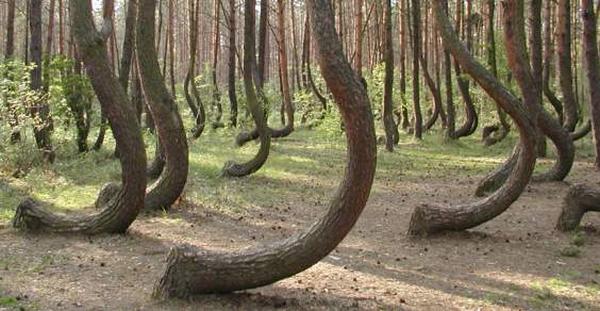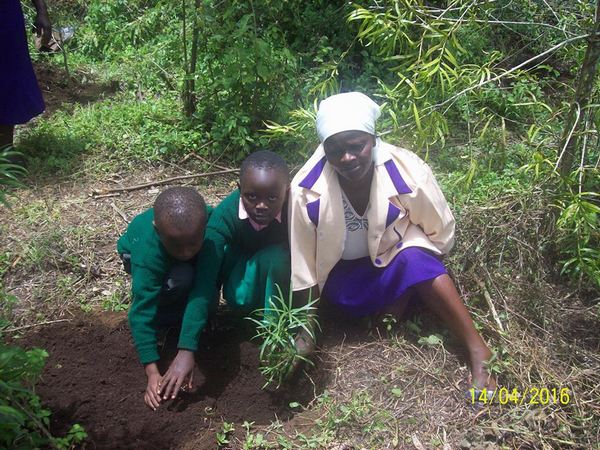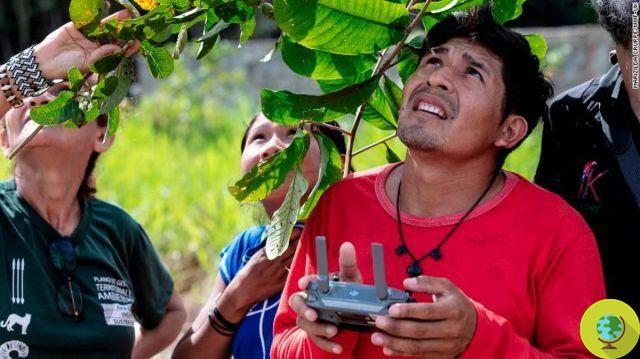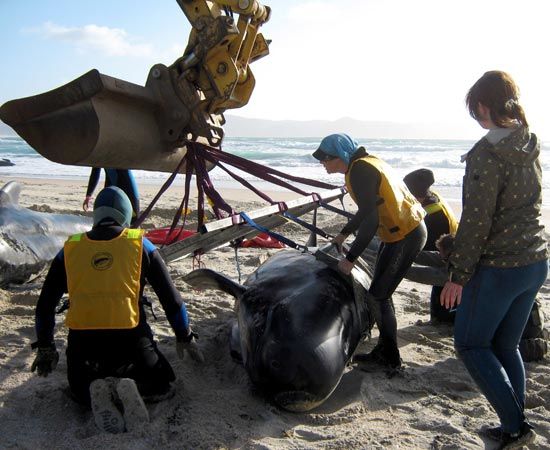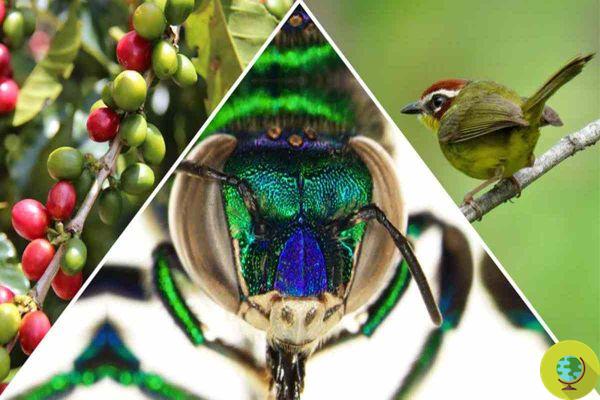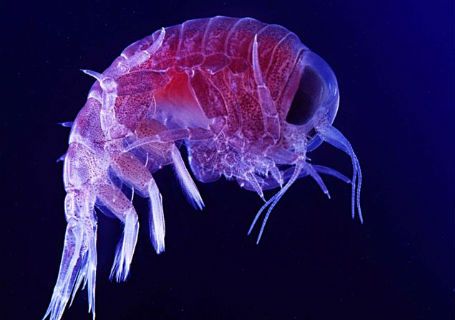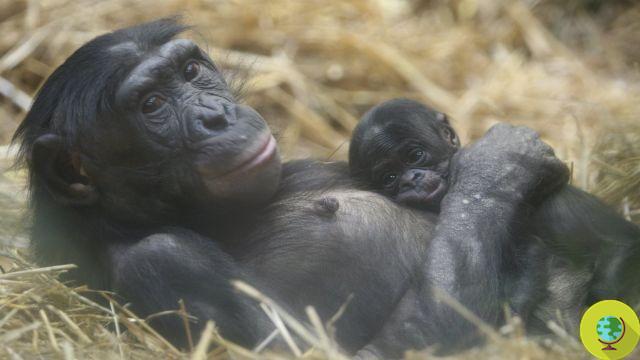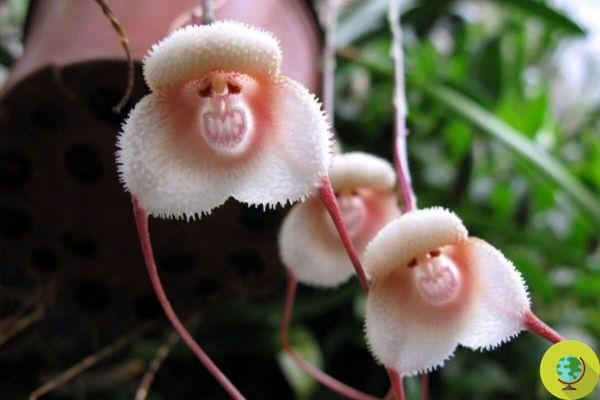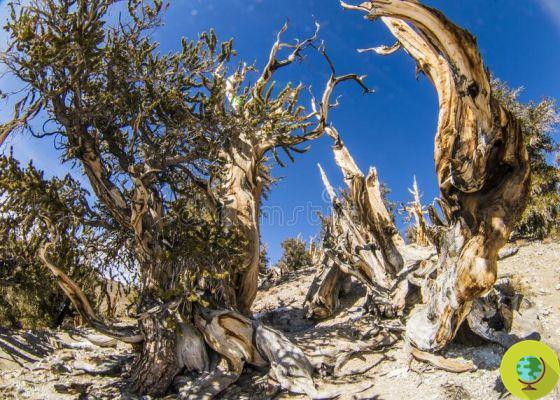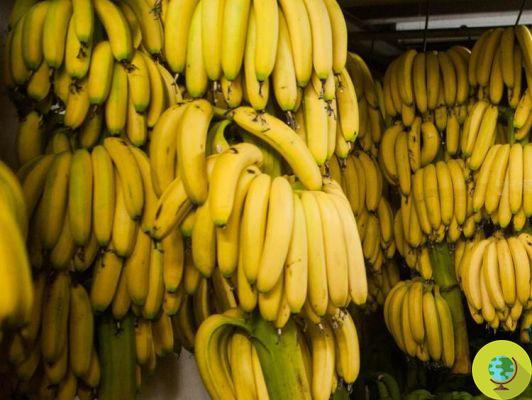
Bananas at risk of extinction: the alarm is a serious fungal disease called Tropical Race (TR4).
He is about to end up run over, his mother saves himBananas at risk of fungus. In particular, the Cavendish variety, which covers almost all world exports, is seeing its roots and fruits in danger, so much so as to risk extinction.
What is alarming is a serious fungal disease called Tropical Race (TR4), which in Asia and Australia has already caused 30% of crops to go up in smoke, now starting to spread also in Africa and the Middle East. If the fungus were to reach the Caribbean and Latin America, where 85% of the world's bananas are harvested and exported, a major problem could arise.
In practice, it is a disease caused by a fungus - Fusarium oxysporium - which is able to take root at the roots, starting to take hold in the soil and then rising towards the leaves and especially towards the fruit pods.
Bananas at risk
For now, not all bananas are at risk, but only the variety that we know best, the Cavendish, which weighs between 90 and 200 grams, is without seeds and it is slightly arched and appears spontaneously in helmets attached to which it changes from green to yellow. The fact that Cavendish is a seedless variety seems to be the problem: if a plant has no seeds, it will not reproduce itself, but it needs to be grown and artificially produced by man.
Therefore, the bananas we like so much are actually hybrids and for this reason the banana trees are even weaker and vulnerable to the attack of a land fungus, so much so that already in October the FAO announced a 98 million dollar project for the research and development of new types of bananas and for the fight against the evil fungus.
Research and grafting
Scientists then did not give up and so far have tried one infinite series of grafts between Cavendish and other types of bananas. Nothing good has been produced so far, other than a Taiwan-born cross called Gctcv-219, which has proven to be resistant to the fungus and is currently grown in the Philippines and exported to Japan.
Apparently this is not an extremely encouraging result, especially since the Gctcv would be much sweeter than the progenitor and straight enough not to look like a banana anymore. In short, something similar to banana, but what a banana it is not.
Read also:
- 10 ways to use banana peels in the vegetable garden and in the garden
- Bananas: calories, properties and health benefits
- Bananas: 15 unexpected alternative uses
Considering also the transport costs and the price that the export of these tropical fruits costs to the environment, is it not better to say goodbye to the almost extinct banana?
Germana Carillo




